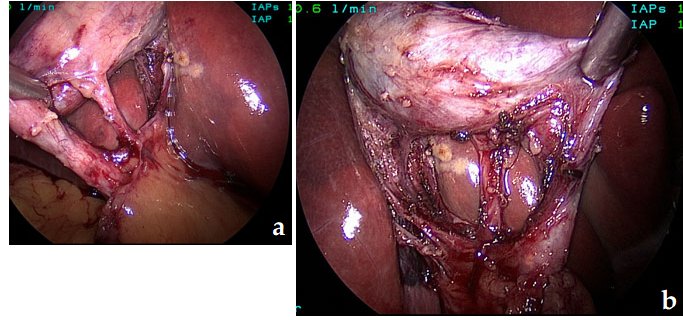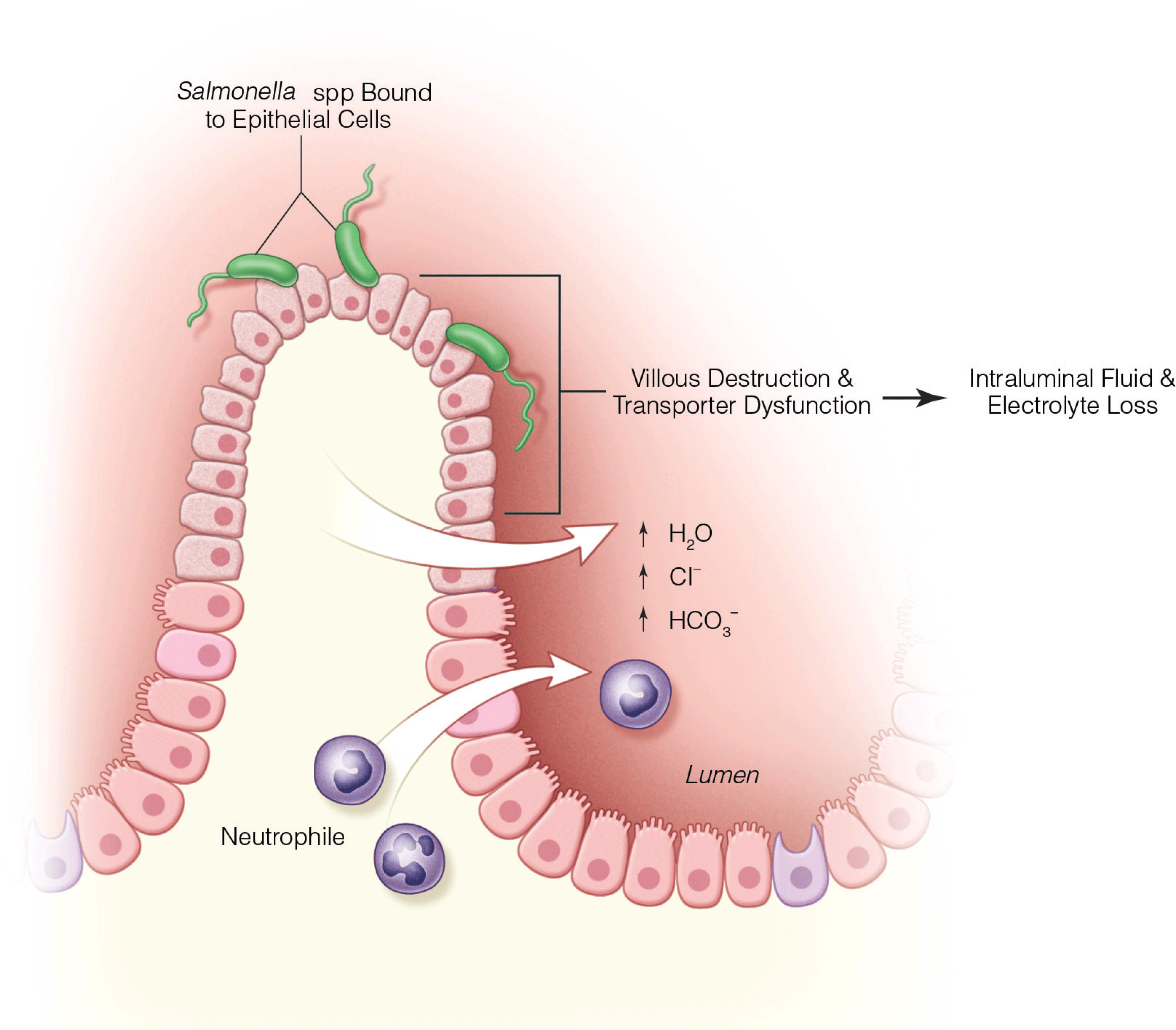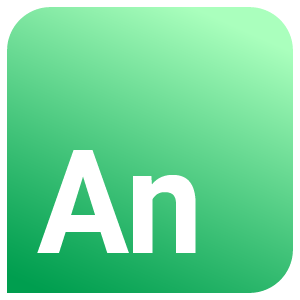Management of Complicated Gallstone Disease
- Laparoscopic cholecystectomy is one of the most frequently performed operations in the United States, with nearly 800,000 cholecystectomies performed annually. The laparoscopic cholecystectomy is an intriguing operation because of its perception as a technically simple procedure.
- Although the goal is to always obtain the critical view of safety and perform a cholecystectomy, there are instances (increased inflammation, fused structures, and variant anatomy) in which this view cannot safely be obtained. In the setting of chronic inflammation, structures contract and fuse together, often obliterating clear planes between different structures.
- There are myriad causes of pancreatitis such as alcohol and trauma, but one common cause is gallstones, which is believed to cause up to 60% of the cases of pancreatitis.







.png)







